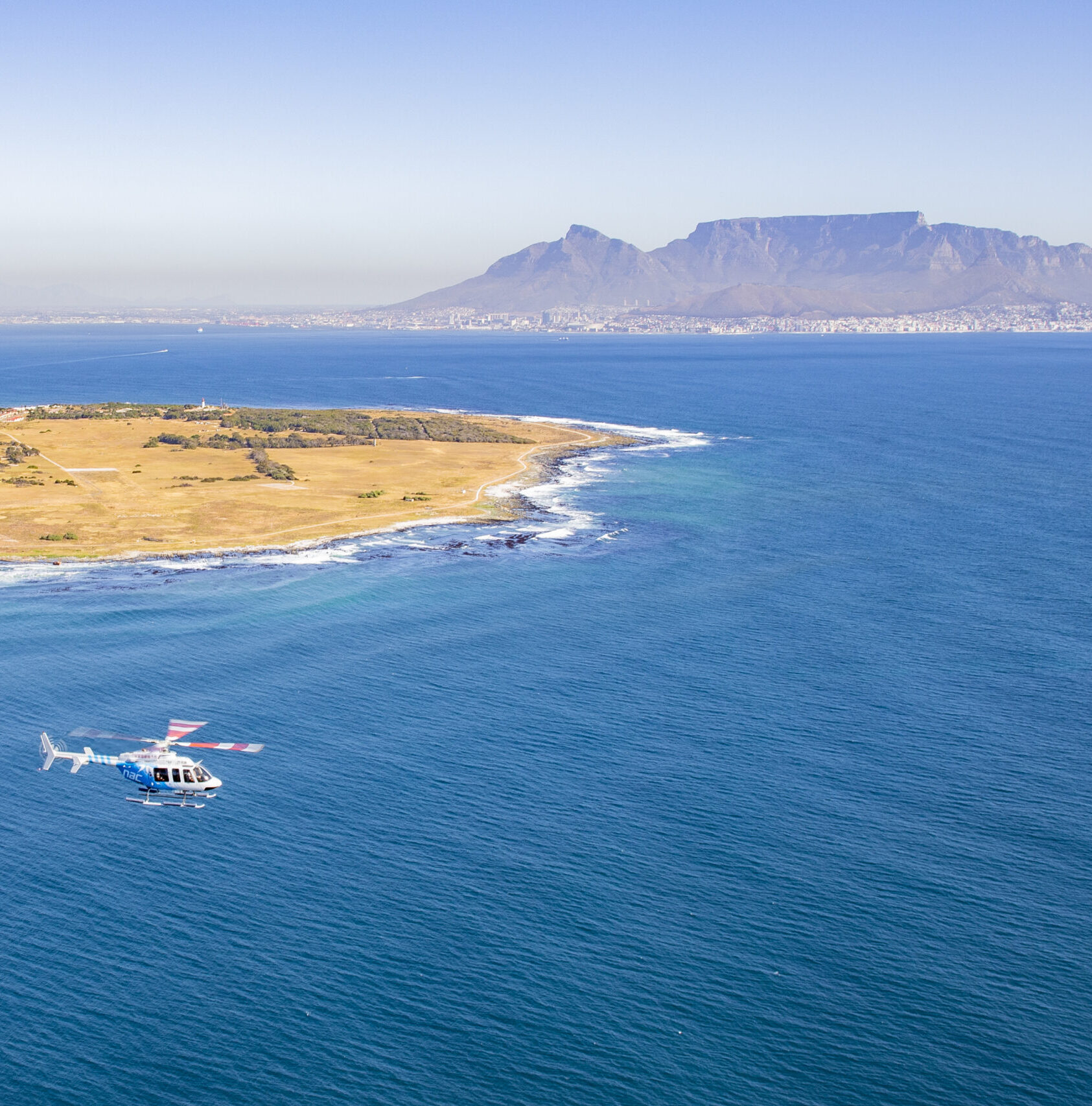Robben Island
ABOUT THIS NAC FLIGHT
With custom NAC Charters and Landings, come special requirements and permissions, so we’ll need to make special arrangements and confirm final details with you directly as you plan to fly to South Africa’s most famous prison and island.
Please enquire and we’ll follow up with you with further details and confirmation as soon as we have them.

WHAT NAC PASSENGERS SAY
Share your experience-
Tayla TReview on March, 2020Thank you NAC and Pilot!!Thank you so much to Dain Ongers and the team for such an incredible experience! First helicopter ride and although nervous, pilot Dain was so professional, friendly and calm! And great views all around. Would highly recommend
-
Viv vReview on January, 2023Stunning flight around the Atlantic Seaboard and Southern SuburbsProfessional and welcoming from start to finish: awesome, friendly ground staff and a fantastic pilot, Anthony, who not only entertained my child’s curiosity of the helicopter, but also gave us a great aerial tour. Thanks NAC, what a great start to the New Year!
-
Paul SReview on October, 2022Spectacular way to see the Mother City!Spectacular way to see the Mother City! Opted for the 2 Oceans trip for my wife’s birthday and wasn’t disappointed. Excellent views and commentary throughout the trip. An expensive treat but worth it!
-
AndreasReview on March, 2020Pure Joy And Excitement!!!From desk to security instructions over the pilots until the lift to waterfront afterwards, we just encountered great great people! Many thanks, hope to see you again soon!
-
BigJeffsReview on August, 2023Loved it.Only a 15-minute trip but what a spectacular experience. The magnificence of the City and its environment can be really appreciated on a helicopter ride. Very reasonable price and excellent service from NAC. Loved it.
